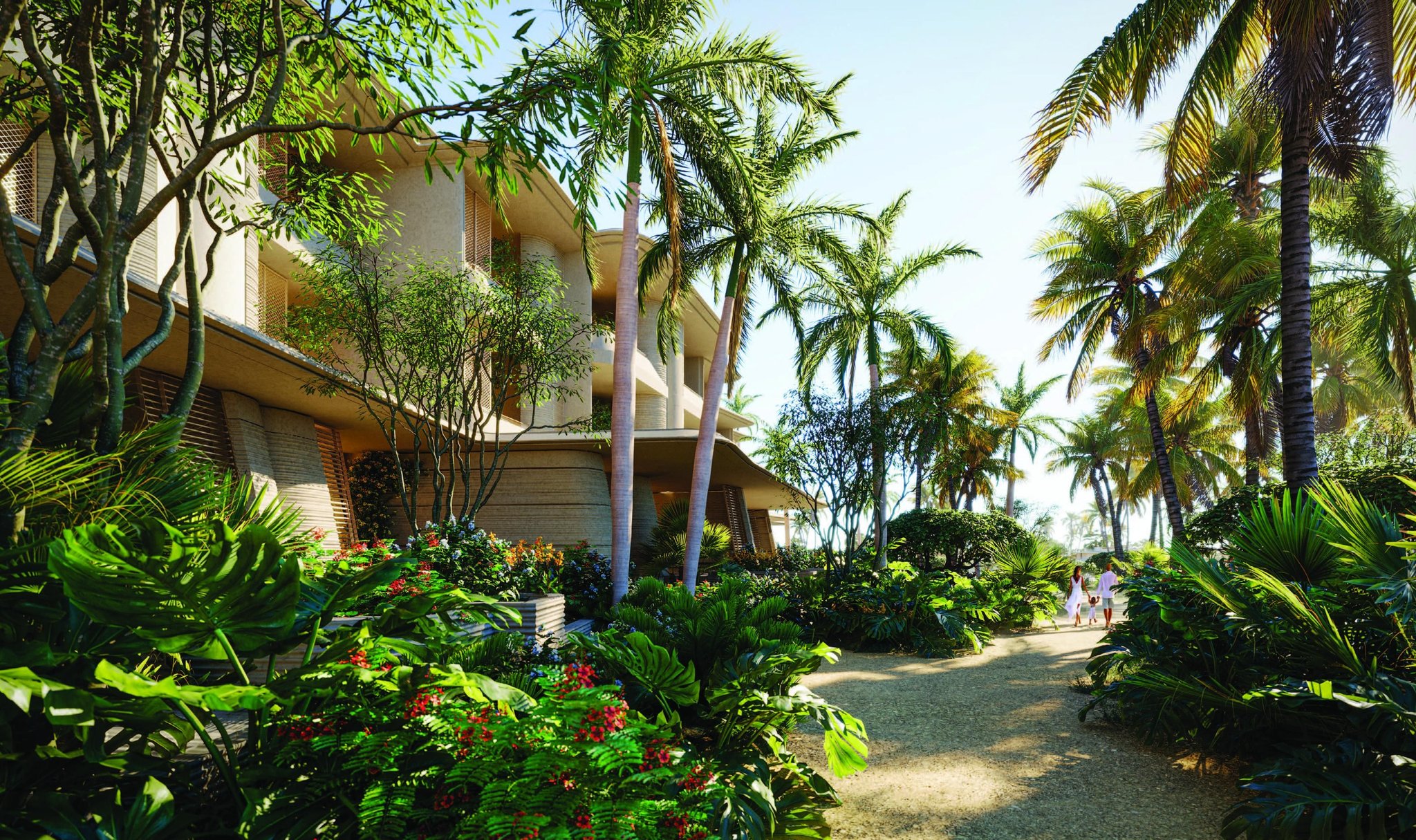
Red Sea Global has revealed plans to launch Nammos Resort AMAALA in 2025, marking the first international expansion of the acclaimed Greek luxury brand Nammos Hotels & Resorts.

Located in the stunning Triple Bay area of Saudi Arabia’s Amaala destination on the Red Sea coast, the resort will feature 110 rooms with breathtaking sea views and 20 branded waterfront residences overlooking the AMAALA Marina and the Corallium Marine Life Institute.The resort’s design is a harmonious blend of Saudi and Greek influences, created by Foster + Partners with interiors by Lazaro Rosa Violan Studio and Elastic Architects.
It combines the traditional Hijazi architectural elements-such as elegant arches and intricate detailing-with the minimalist Cycladic style of Mykonos, characterized by whitewashed walls, terrazzo floors, and a sophisticated color scheme of aquamarine, white, and gold. This unique fusion reflects a cultural dialogue between the two regions, offering guests a luxurious and authentic atmosphere.

Nammos Resort AMAALA will provide a wide range of upscale amenities, including a private beach, a luxury spa, a modern fitness center, and a children’s club, catering to families and wellness seekers alike. Guests will enjoy four exceptional dining options: Horizon Bar, which offers panoramic views of the Red Sea sunsets; Nammos Restaurant on the exclusive Hijaz Island, accessible only by boat and featuring an infinity pool; Nalu Restaurant, specializing in Latin American-Asian fusion cuisine; and Omnia Restaurant, which will host a rotating selection of international guest chefs.
This resort is part of Amaala’s initial development phase, which includes eight resorts with a total of 1,400 rooms in Triple Bay, with plans to expand to 12 resorts and three residential communities.
Amaala spans an impressive 4,000 square kilometers within the Prince Mohammed bin Salman Nature Reserve and is dedicated to sustainability by restricting development to just 5% of the area, preserving the natural environment, and operating entirely on renewable energy to achieve a zero-carbon footprint.

Upon completion, Amaala will feature approximately 4,000 hotel rooms across 30 hotels, 1,200 luxury residences, marinas for yachts, upscale retail outlets, fine dining venues, wellness centers, and entertainment facilities.
The project is expected to inject SAR 11 billion (around USD 3 billion) into Saudi Arabia’s economy and create up to 50,000 jobs, supporting the Kingdom’s Vision 2030 initiative to diversify its economy through sustainable luxury tourism.

Nammos Resort AMAALA is poised to become a landmark destination in the Middle East, offering an unparalleled blend of cultural heritage, luxury hospitality, and environmental stewardship in one of the world’s most pristine coastal regions.




































.jpg)








.jpg)



.jpg)




.jpg)